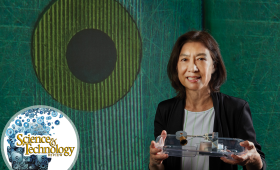A Laboratory awards program offers advancement for scientific leaders who choose the research track over the management ladder.
Science and Technology
in the News
Science and Technology
in the News
News Center
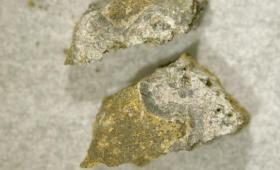
Livermore research hints at expanded region of planetary formation during the solar system's formation.
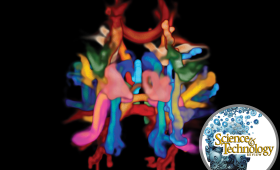
Data processing workflow tools developed by Livermore scientists reveal the multifaceted nature of traumatic brain injury.
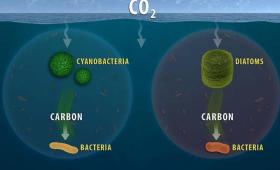
A research team directly quantified uptake of complex carbon pools from the two primary sources of marine organic carbon (diatoms and cyanobacteria) by a natural microbial community.
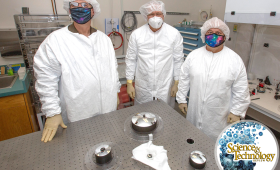
Nanosatellites holding tiny Livermore-developed telescopes take thousands of images of space and Earth in an ongoing Laboratory–industry partnership.
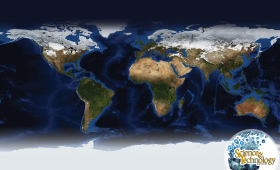
Advanced computer models, simulations, and analysis capabilities help scientists zoom in on Earth system processes and improve climate research.

Livermore scientists and collaborators discovered that standing shock waves in the supersonic outflow of gases prevent electric discharges like sparks and lightning from propagating.
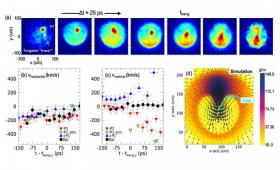
Livermore researchers investigate a “low-mode” laser asymmetry that was significantly degrading performance at the National Ignition Facility.
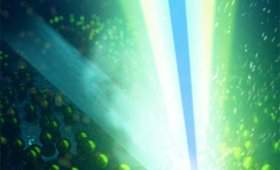
Research reported here shows that Bessel beams offer unprecedented control over the spatiotemporal evolution of the melt pool in stainless steel (SS 316L) in comparison to Gaussian beams.
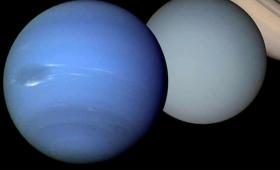
Livermore scientists have developed a new approach using machine learning to study the phase behaviors of superionic water with unprecedented resolution.

